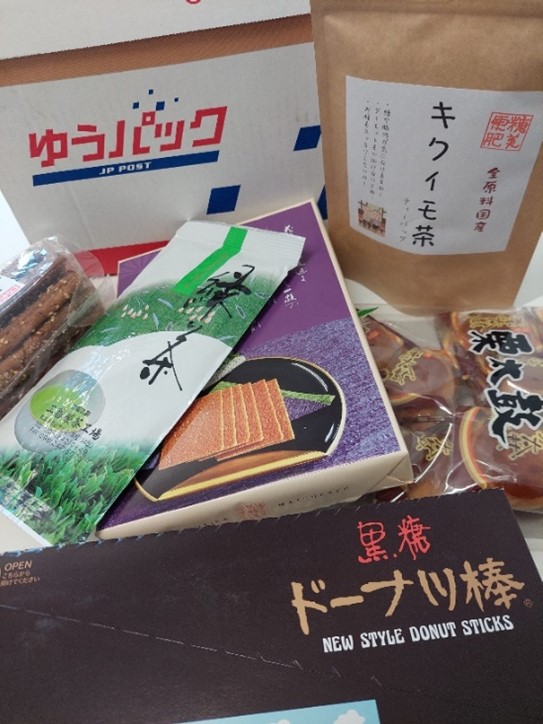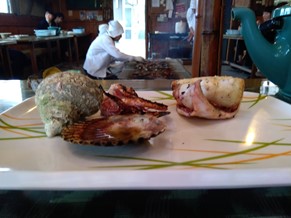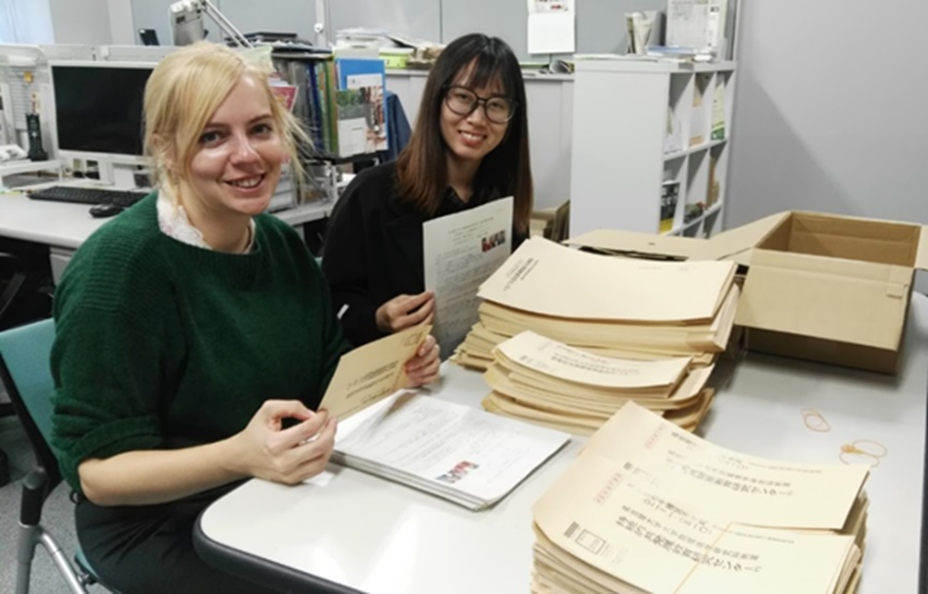by Cornelia Reiher
It has already been a year since we started this blog in March 2021 to report on our research in the DFG project “Urban-rural migration and rural revitalization in Japan.” I launched the blog to share first insights from (online) fieldwork and to connect with other researchers and practitioners in Europe and Asia. Throughout this year our team experienced hope and disappointments with regard to our fieldwork plans. Japan first lifted its Covid-induced entry ban in November 2021 and closed the borders again in December. Instead of waiting around, however, all of us conducted online research. This included, for example, online interviews, social media research and participant observation in online events. We also continued our online study group. In the winter term 2021/22 we launched a lecture series. Colleagues and students presented their research and we discovered interesting parallels or connections between the different projects discussing urban-rural migration and rural issues in and beyond Japan. This summer we will experiment with different formats, including workshop-style discussion groups and lectures.

Copyright© Cornelia Reiher 2021
The blog became an important venue to channel our thoughts and to present our experiences and first results. By doing so, we also reached out to other researchers and students whom we invited to write about their own research on rural Japan, urban-rural migration and methodological challenges during the pandemic. Because we could not go to Japan ourselves, we asked some of our research participants to write about the situation in rural Japan, about themselves and about their rural revitalization activities. Our network expanded faster than we expected and we were able to publish one blogpost a week. Up to now there are 56 posts authored by 24 different contributors, many of them members of our online study group. Surprisingly, we were contacted by people who found our blog online and some of them later became authors, collaborators or research participants. Motivated by this experience, we created an Instagram account to reach even more people.
Copyright© Cornelia Reiher 2022
We also used the blog to share information about our online events and lectures. We have presented preliminary results of this project in November 2021 at the Urban-Rural Study Group meeting of the German Association for Social Science Research on Japan (VSJF). Team members also individually presented their work in different contexts. One of this year’s highlights was our joint study group with Sachie Oka’s lab from Kyushu University. Frank and Cecilia presented their research in Japanese and we had very interesting discussions with Oka sensei’s Phd and MA students. We will meet online again in order to strengthen our cooperation with researchers and peers from Japan. In April we also met with members of the Aso Project at the University of Vienna to exchange experiences with research about rural Kyushu. In June, Chris McMorran from NUS, who is a member of our study group and also authored a blog post, will join FU Berlin as a visiting researcher and present his new book. We hope for more onsite exchange like this in the future!

Copyright© Cornelia Reiher 2022
Finally, the blog also served as a means to raise our team spirit during the long periods when we could not meet in person. Working together on the short blog posts, sharing feedback and reading other people’s posts, helped to feel closer as a team. Other things, of course, raised our team spirits even more. In February, we received a surprise parcel from Chris who had already entered Japan. He sent sweets from Kumamoto. This was a great culinary motivation during a time when we did not know when Japan would reopen its borders for researchers and students. But most of all, meeting with the other team members in Berlin and to discover new things about rural areas together, cheered us up. In April we went on a fieldtrip to Brandenburg to talk to German urban-rural migrants in our vicinity and it was a wonderful opportunity to spend time with the team before we have to meet online again. But this time this is due to Frank’s departure to Japan. Cecilia and Sarah will hopefully go to Japan this fall. Closing this blog post on this happy news, I would also like to thank everyone who contributed to this blog! I am especially grateful to Maritchu Durand for doing an excellent job designing and regularly uploading everyone’s posts and for creating and updating our Instagram account. I am looking forward to another year of interesting contributions about rural Japan. This summer, I am also using the blog as a resource for teaching undergraduate students at FUB about Japan’s rural areas.






































